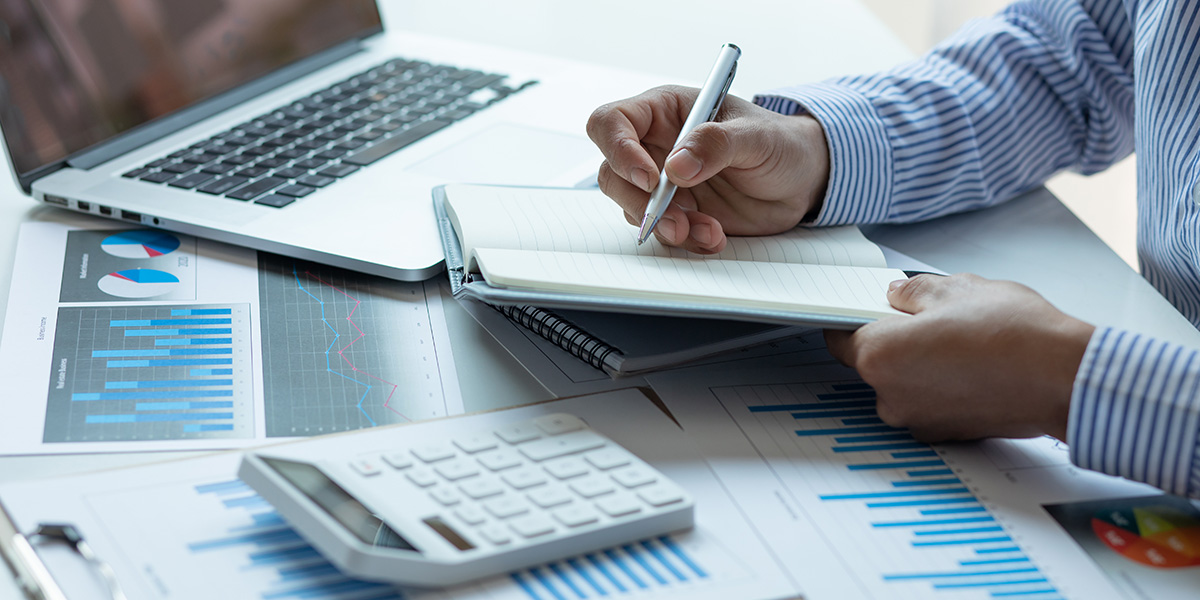Summary
ARR gets messy in usage-based models if you treat every spike like a signal. The only way to keep it clean is to annualize stable usage patterns, segment out the unpredictable stuff, and lock your rules into a policy everyone follows. When usage revenue behaves consistently at the portfolio level, it’s defensible to include it in ARR, but only if your calculation method is transparent, audited, and approved at the board level.
1.Grasp the Principle of Predictability
The crucial factor for including usage fees in ARR isn’t whether they are fixed, but whether they are predictable. While an individual customer’s usage may fluctuate, the combined revenue from your entire customer base often creates a stable and forecastable trend. If this aggregate pattern is consistent, it can be treated as recurring revenue for reporting purposes.
2. Select an Annualization Formula
A widely accepted method for calculating the usage-based portion of ARR is to annualize recent financial performance. The most common approach is to take the GAAP-recognized usage revenue from the most recent quarter and multiply it by four. Alternative methods, such as multiplying the last month’s revenue by twelve or using the full trailing twelve-month figure, can also be valid depending on your business’s stability.
3.Segment Your Customer Base by Behavior
It’s unlikely that all your customers exhibit the same usage patterns. You might find that enterprise clients with annual contracts and monthly minimums are highly predictable, whereas smaller customers on pay-as-you-go plans are more volatile. A sound strategy is to include revenue from the consistent segments in your ARR while excluding the more erratic ones.
4. Adjust for Seasonal Business Cycles
If your business experiences predictable seasonality, such as an e-commerce platform that peaks during the holidays, using a short-term calculation can distort your ARR. In such scenarios, it is more accurate to use a longer-term average, like the total revenue from the trailing twelve months, to smooth out these fluctuations and reflect a true recurring run-rate.
5. Create a Formal, Written Policy
Your approach to calculating ARR should not be based on unwritten rules. Your finance team must create a formal policy document that explicitly defines which revenue streams are included (e.g., usage fees, monthly plans) and which are excluded (e.g., professional services, pilot programs). This document serves as the definitive guide for all reporting.
6. Obtain Official Board and Stakeholder Approval
An ARR calculation policy is a critical component of your company’s financial governance. Once drafted, it should be reviewed by senior management and key investors to build consensus. The final step is to secure official sign-off from your board of directors, which solidifies the policy and empowers its consistent enforcement.
7. Communicate Your Methodology Transparently
Building and maintaining investor trust requires absolute clarity. Whenever you present ARR figures, you must also disclose how they are calculated, particularly regarding usage-based components. This is best done in a footnote or an appendix slide, as it prevents ambiguity and demonstrates financial rigor.
Pro-Tips
Tip: Rely on History, Not Forecasts
Base your usage-based ARR calculations on normalized historical data, not optimistic sales forecasts. Historical performance provides a defensible measure of actual recurring revenue, while projections can lead to inflated figures that damage credibility if targets are not met.
Tip: Embed Your Policy in Your Systems
A documented policy is only effective if it’s followed. Audit your financial reporting systems, from spreadsheets to dedicated software, to ensure the calculations perfectly align with your approved methodology. This prevents reporting errors and ensures every metric is consistent.
Tip: Educate All Revenue-Focused Teams
Ensure that your ARR policy is understood beyond the executive suite. Conduct training sessions for key employees in accounting, revenue operations, and financial planning. A shared understanding across teams is essential for maintaining accuracy and consistency in all reporting.
Conclusion
Accurately capturing ARR in usage-based environments isn’t about clever math. It’s about discipline: proving predictability with historical data, annualizing revenue the same way every time, and documenting a policy you can survive an audit with. When your assumptions are consistent and your disclosures are clear, ARR becomes a reliable signal instead of a guessing game.
ARR Reporting Software
from Ordway
Track new, expansion, contraction, renewal, and churn ARR. Segment ARR by product line, geographic region, and legal entity. Report on ARR growth rates.
Learn More about SaaS Metrics







